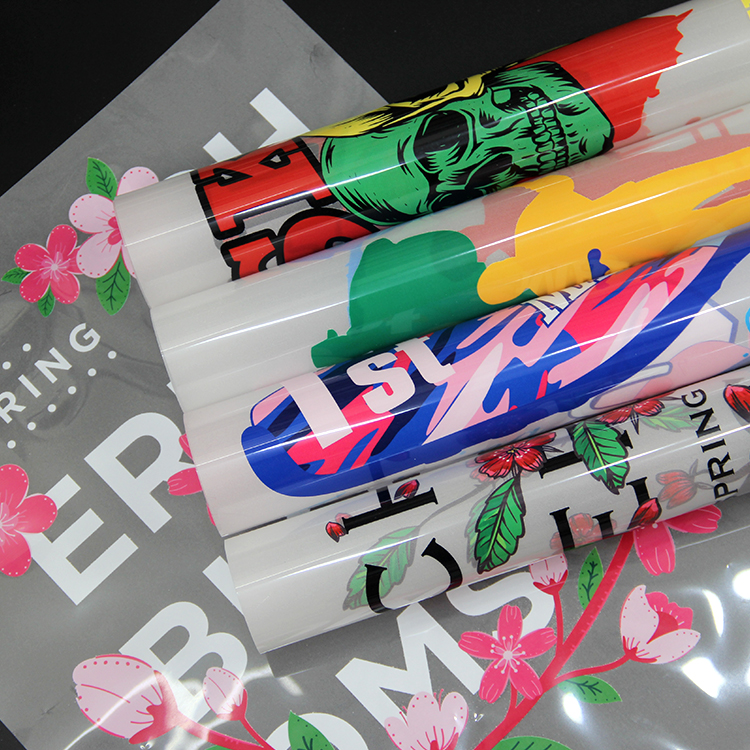Posted on 2017-03-10 16:41:24
Dye-sublimation printers allow you to print photo-lab-quality pictures at home. As the price of these printers go down, more and more digital-camera owners are choosing to take advantage of this technology. In dye-sublimation printing, colors are not laid down as individual dots, as is done in inkjet printers. Individual dots can be distinguished at a relatively close distance, making digital pictures look less realistic.
If you looked inside a dye-sublimation printer, you would see a long roll of transparent film that resembles sheets of red, blue, yellow, and gray colored cellophane stuck together end to end. Embedded in this film are solid dyes corresponding to the four basic colors used in printing: cyan, magenta, yellow and black. The print head heats up as it passes over the film, causing the dyes to vaporize and permeate the glossy surface of the paper before they return to solid form.
So the main difference between this and other types of printing has to do with heat. The vaporized colors permeate the surface of the paper, creating a gentle gradation at the edges of each pixel, instead of the conspicuous border between dye and paper produced by inkjet. And because the color infuses the paper, it is also less vulnerable to fading and distortion over time.

